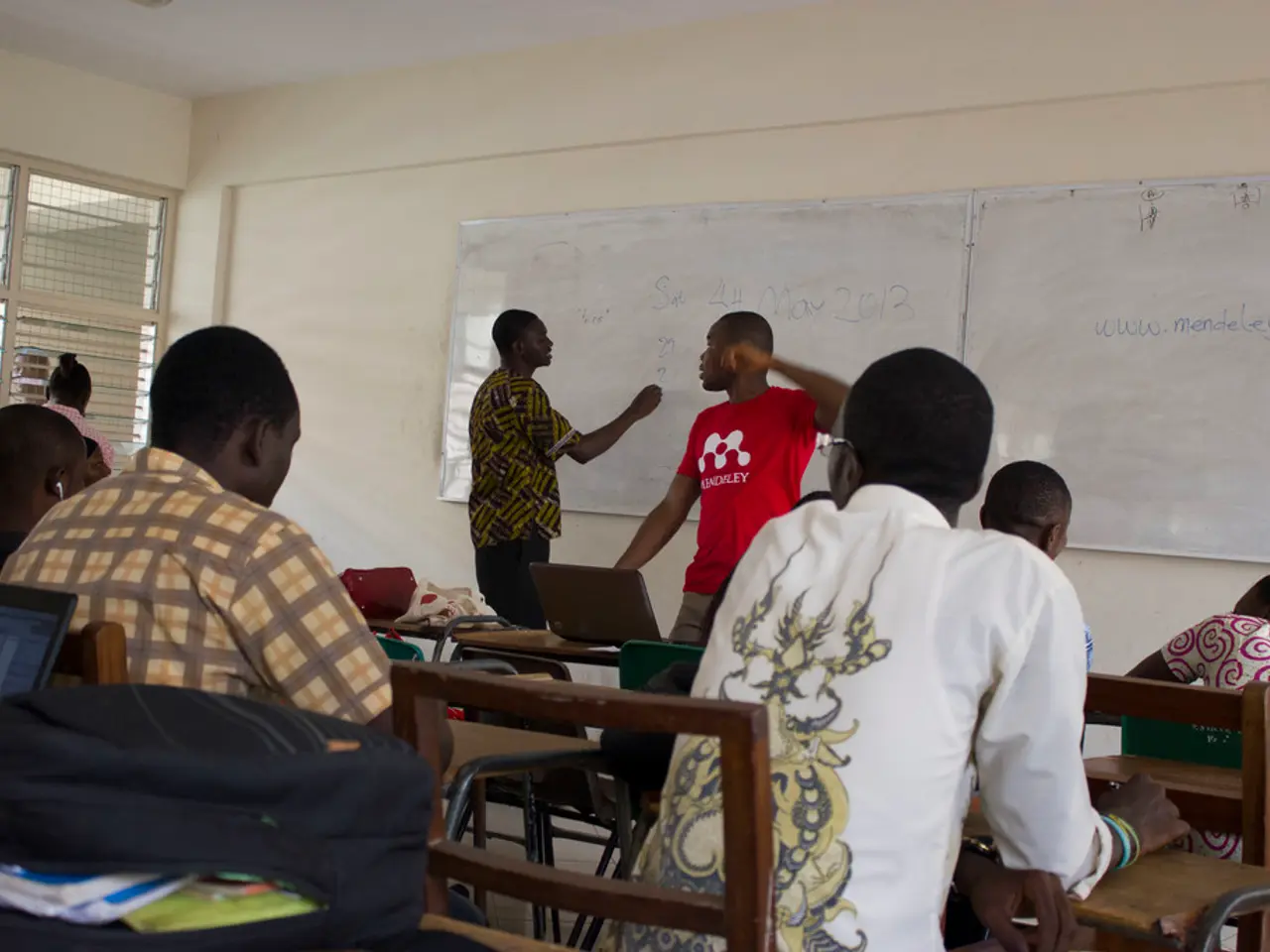Exploring the Comprehensive Language Arts Instructional System for Teachers
The Integrated Language Arts Curriculum (ILAC) is a modern approach to teaching literacy that has evolved from broader educational reforms and interdisciplinary learning movements. It promotes deeper learning by integrating multiple language skills and academic disciplines, encouraging students to make connections, think critically, and apply knowledge in complex, meaningful ways.
Historical Evolution
The roots of ILAC can be traced back to the 19th century when education began shifting away from rote memorization and isolated skill drills towards broader aims like citizenship, individual development, and job preparation. Large-scale public schooling expanded, and teaching methods moved from individual recitation towards group learning, setting the stage for more integrative pedagogies.
In the 20th century and beyond, the integrated language arts approach built on the progressive emphasis towards uniting reading, writing, speaking, listening, and critical thinking—not as discrete skills but as interconnected communication practices. This shift aligns with the rise of interdisciplinary learning, which integrates methods and knowledge from various subjects to deepen understanding.
Movements such as the work highlighted by the National Council of Teachers of English emphasize inclusive, experiential, and multilingual curricula that blend different literacies and cultural discourses. This approach responds to the needs of diverse learners, promoting engagement and authentic, collaborative learning environments.
Historically, integrated approaches also share roots with classical education models that stress the Trivium (grammar, logic, rhetoric) to teach critical thinking and communication as unified skills, promoting lifelong learning and wisdom.
How ILAC Promotes Deeper Learning in Students
The Integrated Language Arts Curriculum fosters connections between reading, writing, speaking, and listening, enabling students to see language as a holistic tool for thinking and communication rather than isolated tasks.
By integrating literacies and requiring students to analyze and produce texts in varied modalities and languages, ILAC cultivates synthesis, pattern recognition, and critical reflection.
In addition, the curriculum encourages authentic identity exploration and collaborative knowledge construction, especially for multilingual and marginalized students, making learning personally meaningful and socially relevant.
The ILAC promotes interdisciplinary integration, where students apply language skills in contexts that overlap with social studies, science, and arts, which enriches comprehension and relevance, as seen in projects like climate change studies involving multiple disciplines (science, math, language, ethics).
Lastly, through interdisciplinary and integrated approaches, ILAC nurtures adaptability, problem-solving, and communication skills essential for modern careers and civic life.
Future Directions
Future directions for Integrated Language Arts Curriculum emphasize adaptability and inclusivity, with a focus on addressing various literacy needs, incorporating culturally relevant texts and perspectives, and interdisciplinary approaches.
Standardized tests may be utilized to measure proficiency against established benchmarks, but assessment in an integrated curriculum should transcend traditional methods, incorporating project-based assessments.
Advantages of ILAC
An Integrated Language Arts Curriculum offers numerous advantages, including enhancing critical thinking and analytical skills, increasing student engagement and motivation, improving collaboration and communication abilities, and connecting learning to real-life applications.
Incorporating diverse learning materials, ongoing training in the latest pedagogical practices, and collaborative planning among educators are key elements in the effective implementation of an Integrated Language Arts Curriculum. The incorporation of emerging technologies will further shape the future of ILAC, as digital literacy becomes increasingly vital, and educators must leverage innovative tools and platforms that enhance student engagement.
[1] Drake, B. (2016). The history of education: A very short introduction. Oxford University Press. [2] National Council of Teachers of English. (2016). A position statement on interdisciplinary education. Retrieved from https://www.ncte.org/positions/statements/interdisciplinaryeducation [3] National Council of Teachers of English. (2017). A position statement on culturally responsive teaching. Retrieved from https://www.ncte.org/positions/statements/culturallyresponsiveteaching [4] Gardner, H. (1993). Frames of mind: The theory of multiple intelligences. Basic Books.
Professional development in education-and-self-development can be enhanced through e-learning resources that focus on instructional strategies for implementing Integrated Language Arts Curriculum (ILAC), as demonstrated by the National Council of Teachers of English. This approach aligns well with personal-growth objectives, as learning becomes a collaborative, interdisciplinary experience that fosters critical thinking, adaptability, and real-life application.
In the future, ILAC can evolve to incorporate emerging technologies, making learning more engaging and fostering digital literacy, an essential skill for modern careers and civic life. Assessment in ILAC should move beyond traditional methods, like standardized tests, and embrace project-based assessments that measure student understanding in a holistic, authentic manner.
The Integrated Language Arts Curriculum promotes personal-growth and learning by encouraging deeper connections between language arts disciplines, such as reading, writing, speaking, and listening, as well as with other academic subjects. This integrated approach enhances critical thinking, improves collaboration, and makes learning more meaningful and engaging.




